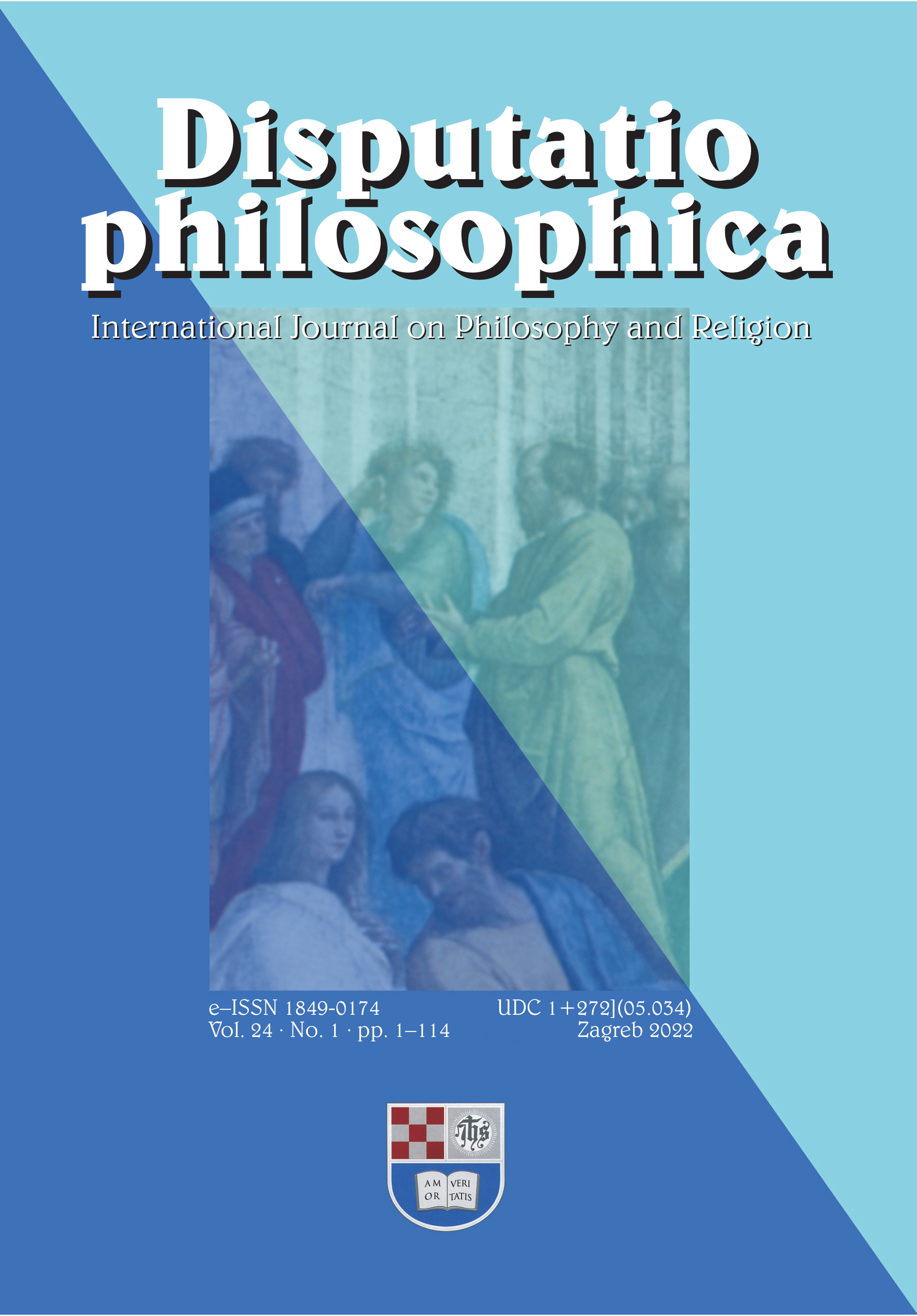The Hermeneutics of Van Eyck’s Ghent Altarpiece
The Kenotic Message of The Annunciation Panels
Keywords:
Annunciation, Van Eyck, hermeneutics, kenosis, Ratzinger, KierkegaardAbstract
The abundant literature on the Ghent Altarpiece, one of the most important artworks of the Northern Renaissance, completed in 1432 by Van Eyck, often claims that the Annunciation scene on that altarpiece is simply an illustration of the text Lk 1:26–38, followed faithfully by Van Eyck. Although it is beyond doubt that Van Eyck drew inspiration from that text, this paper attempts to establish and explore a different hypothesis, namely that Van Eyck intentionally moved away from Luke’s text of the Annunciation, and for a very good reason, which is related to the composition and the message of the Ghent Altarpiece as a whole. The paper approaches this ‘unconventional’ hypothesis primarily by analyzing two possible approaches to the text of the Annunciation; the idyllic and the kenotic one. In this context, Van Eyck’s way of presenting the Annunciation is observed from the perspective of the theoretical contributions to the hermeneutics of Luke’s text, primarily in the work of Søren Kierkegaard and Joseph Ratzinger, in line with the kenotic (or existential) interpretation.
Downloads
Published
Issue
Section
License

This work is licensed under a Creative Commons Attribution-NonCommercial 4.0 International License.

